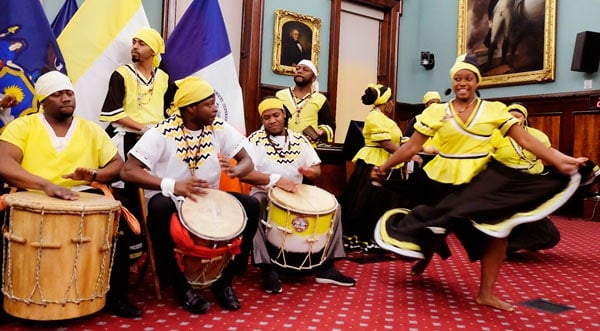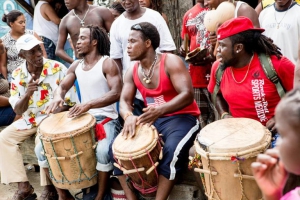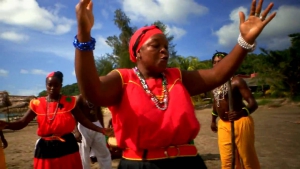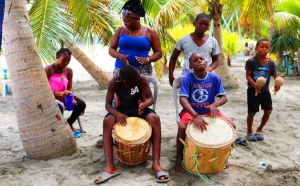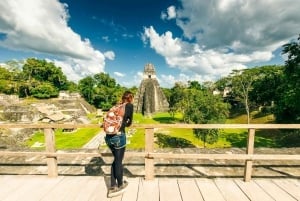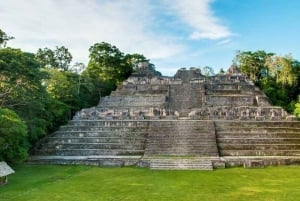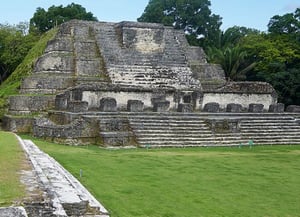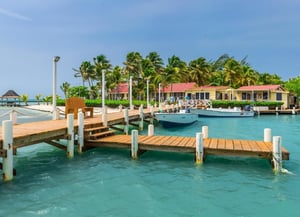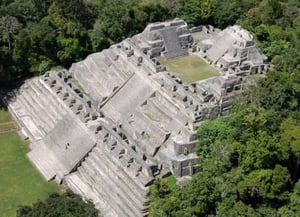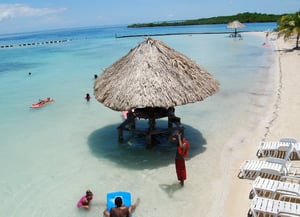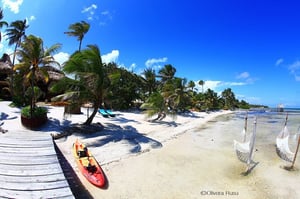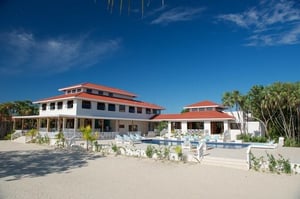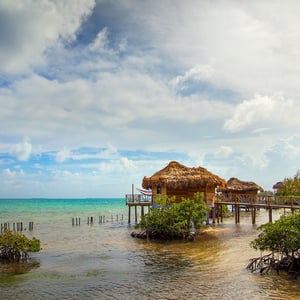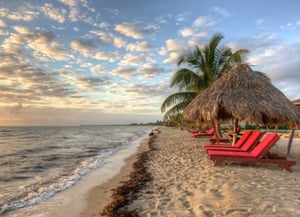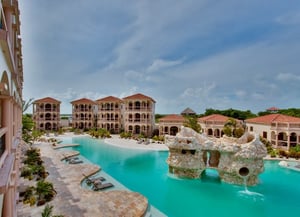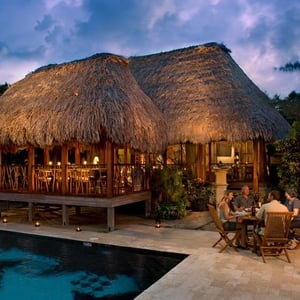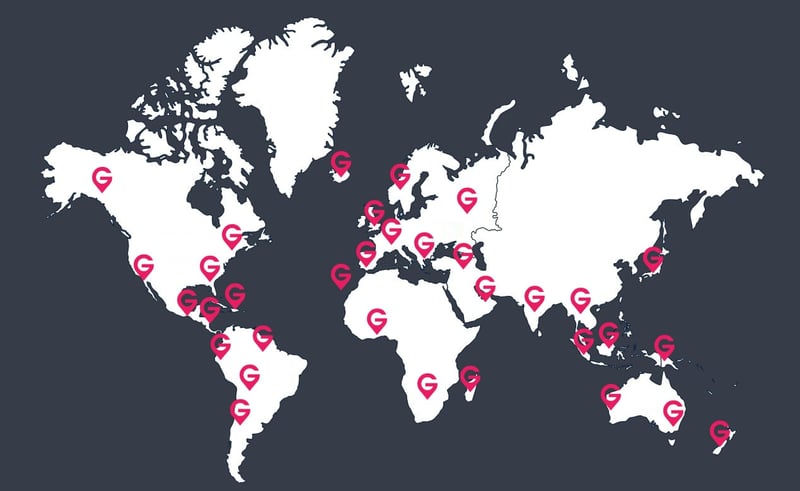Who are the Garífunas?
Book Top Experiences and Tours in Belize:
If youʻre booking your trip to Belize last minute, we have you covered. Below are some of the top tours and experiences!- San Ignacio: Crystal Cave & Blue Hole National Park + Lunch
- Belize City: Cave Kayaking, Zipline and Crystal Cave Tour
- Belize: San Ignacio to/from Placencia or Hopkins Shuttle
- San Ignacio: Actun Tunichil Muknal (ATM) Cave Full-Day Tour
- From Belize: One-Way Shared Shuttle to San Ignacio
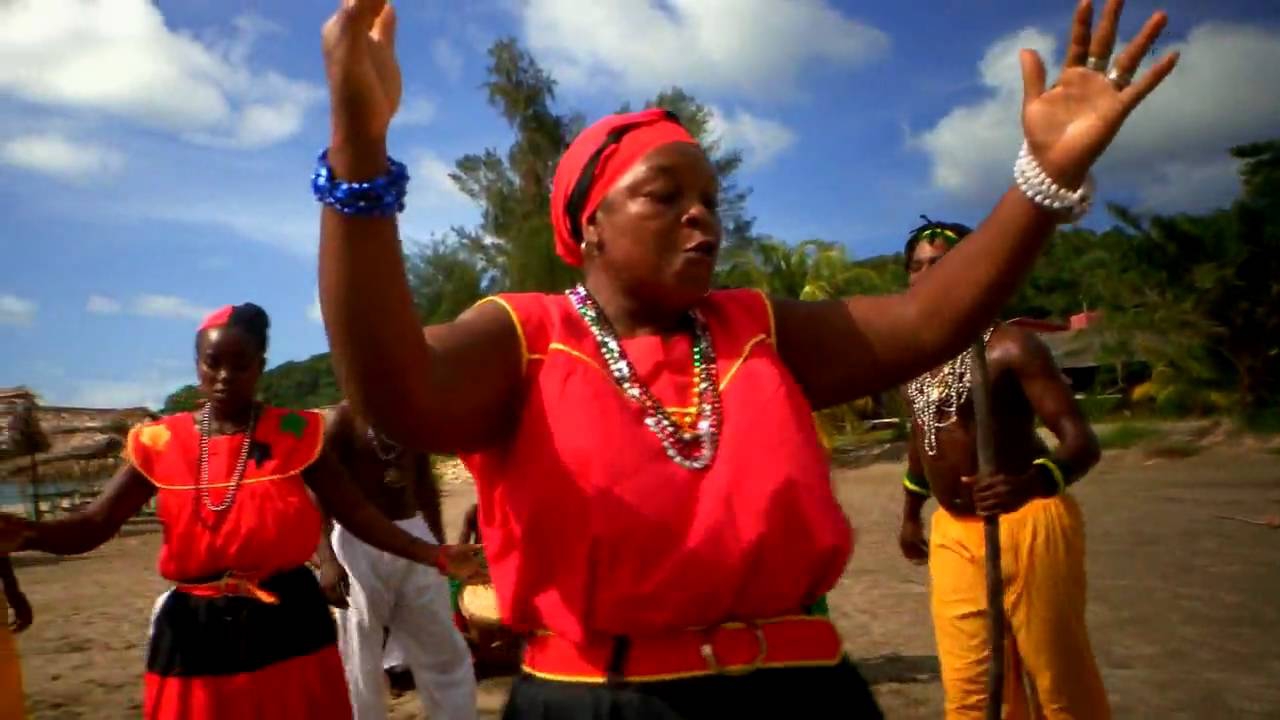 Graifuna Womens
Graifuna WomensAt first the Garifuna allied with the French against the British Crown, but in 1796 and after a serious defeat of France they surrendered and were left under the scepter of the English, who initiated a persecution and hunt for Garífunas to prevent others Slaves could follow their example. Nearly 4,300 survivors were taken to Belize where a large part died of yellow fever and many others were deported to the island of Roatan, being "rescued" by the Spaniards and taken to Trujillo to work as lumberjacks.
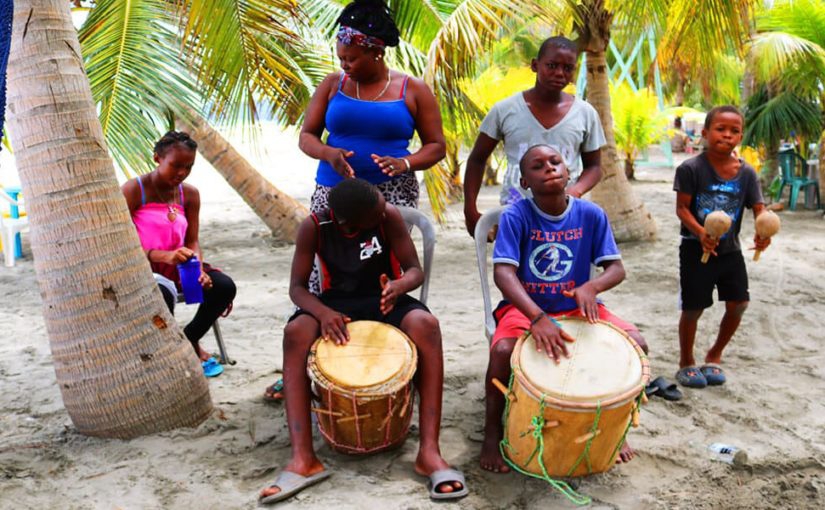 Graifuna Peoples
Graifuna PeoplesOnce the countries of Central America achieved independence, the Garifuna were still in alliance with the Spaniards, being forced to flee Honduras due to the bitter memory left by the Crown of Castile. The massive migration of Garífunas to Belize is celebrated every year on November 19.
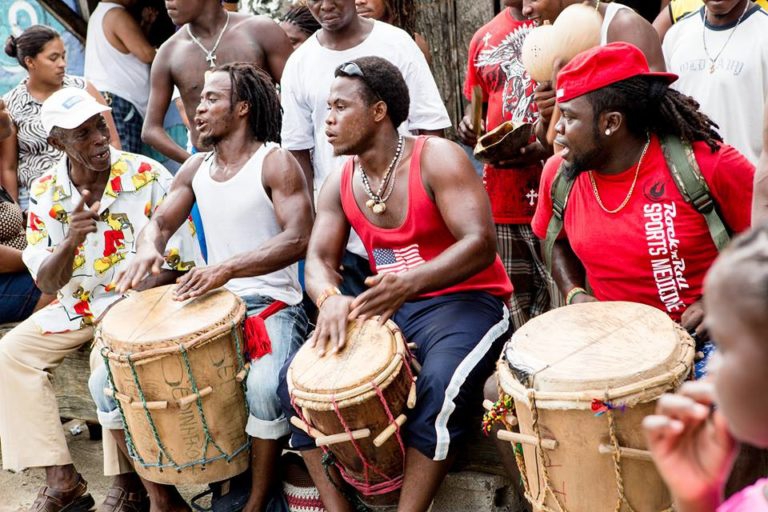 Happy Graifuna Peoples in Belize
Happy Graifuna Peoples in Belize


